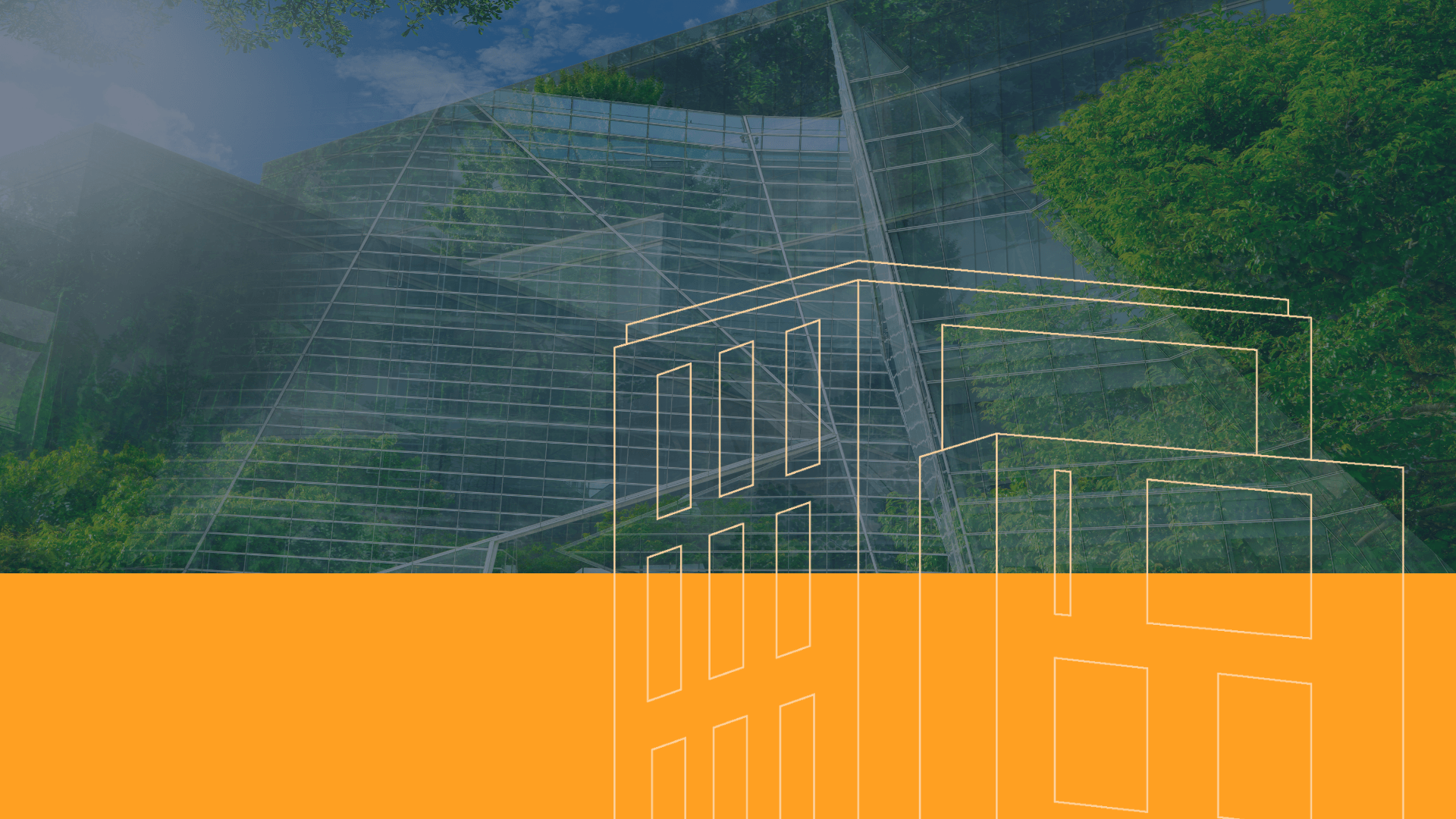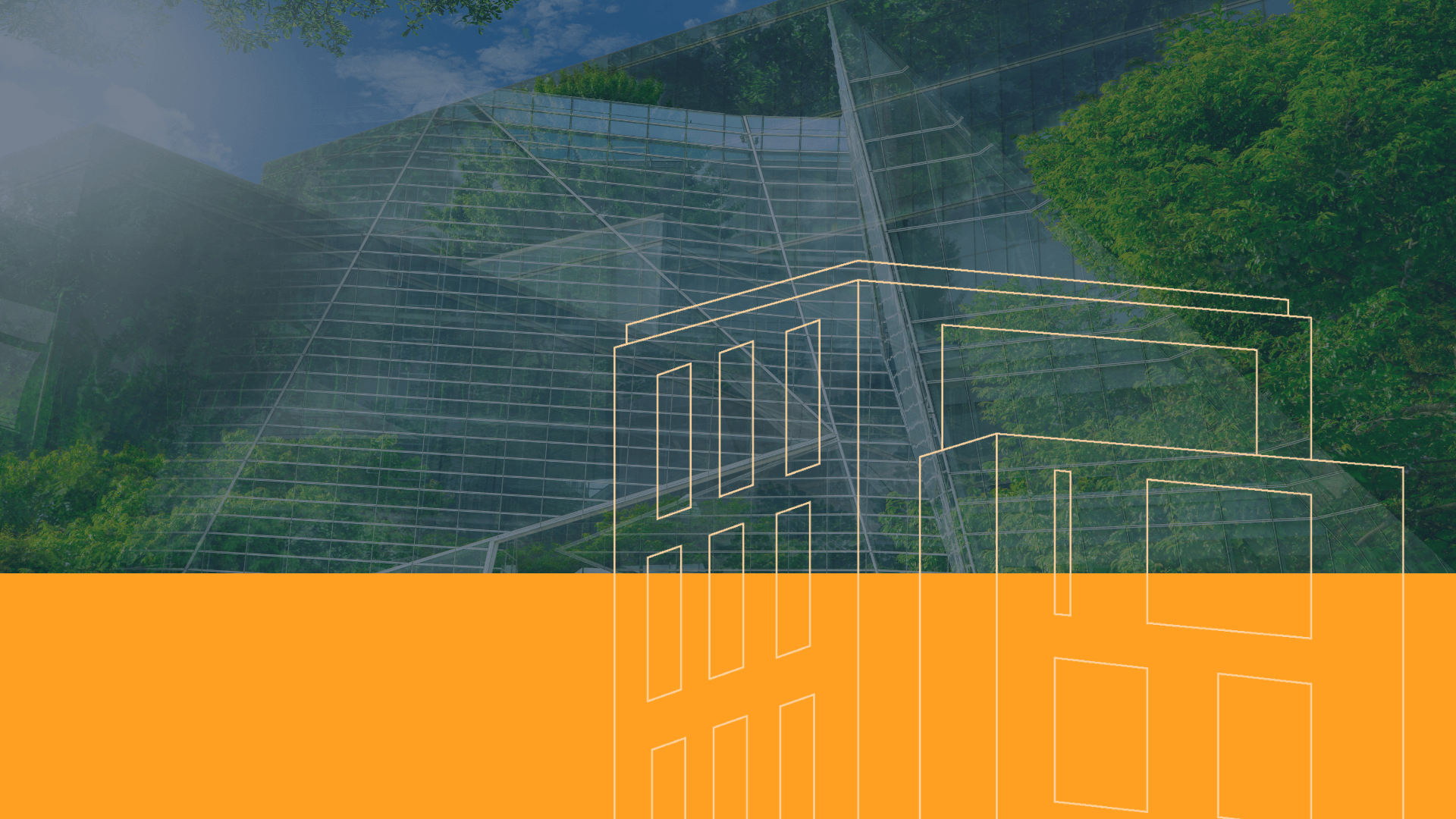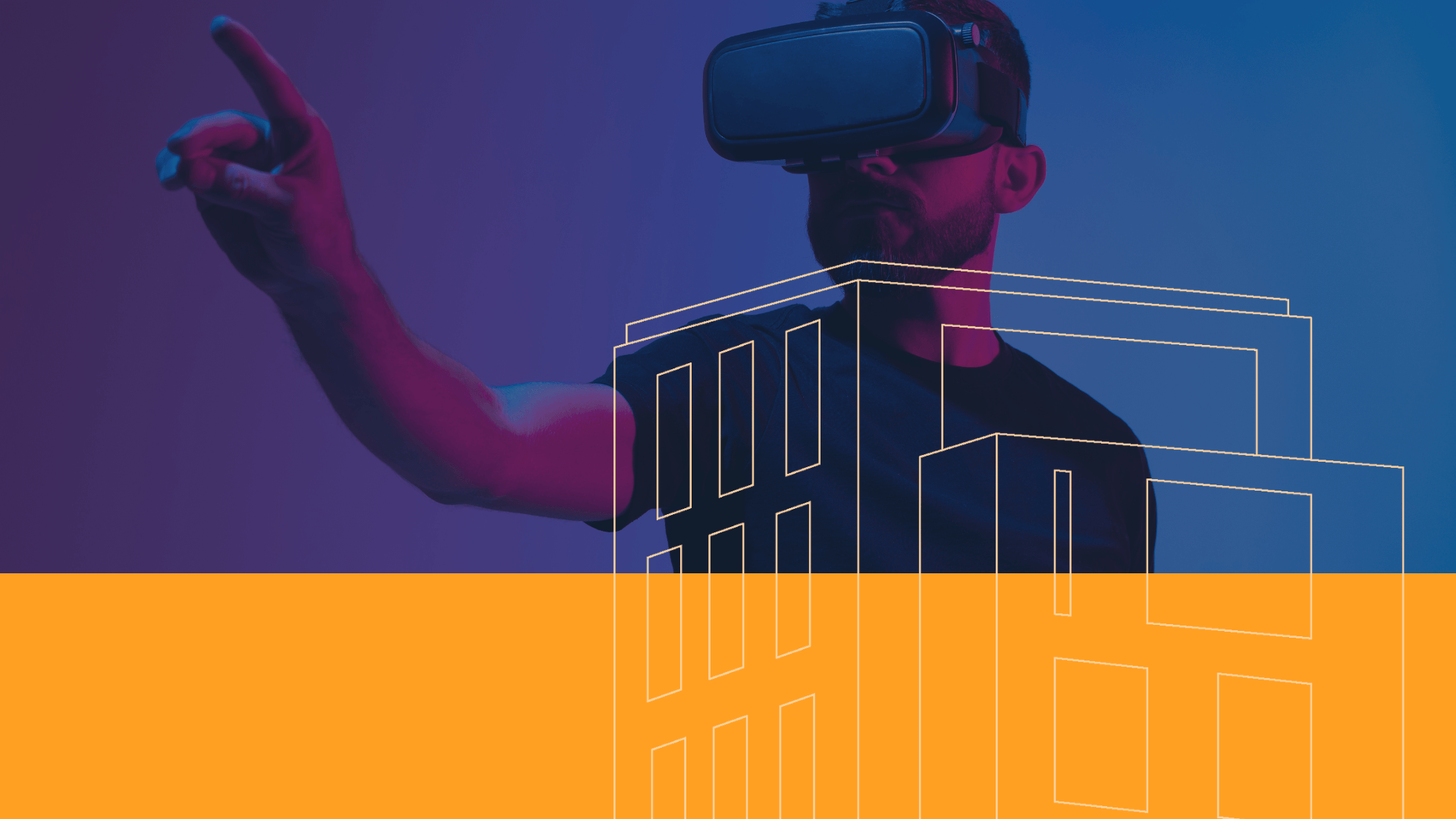Sustainable property: nature gives us the keys!
Uncategorized Published on December 11, 2023
The intensification of extreme climatic phenomena is another reason to ask how we can resolutely and intelligently prepare for the urban explosion of the future.
In this context, the building sector clearly has a key role to play: it accounts for 44 % of France’s energy consumption and 22 % of the country’s GHG emissions, just behind industry and transport. Fortunately, there is a chink of light as innovative solutions begin to alter the landscape.
Drawing inspiration from living systems
Biomimicry is one of the approaches that can be used to rethink property development. By understanding living systems, we can draw inspiration from them… or even imitate them. These systems are brimming with qualities and skills that we can draw on and learn from in order to meet the environmental and social challenges of our time: resilience, adaptability, the ability to evolve, repair and learn. And the strategies for adapting these same systems – using renewable, locally available or pooled resources, etc. – offer exciting prospects for designing tomorrow’s buildings.
A few years ago, architect Michael Pawlyn designed an entire office building using biomimetic architecture. The result is quite extraordinary. Believing that nature most often creates “complex forms that use minimal materials in exactly the right place“, Michael Pawlyn based the architecture of the building on the bone structure of birds. Their skull bones are very light to ensure flight, and are superimposed in thin layers that as a whole form the solidity of the cranium. It is truly amazing. And inspiring for a building. And that’s not all: the office building is also inspired by creatures from the ocean floor for its natural lighting, produces its own energy and is thermally self-sufficient.
Opening the doors of the construction industry to new players
In reality, the subject of biomimicry is not entirely new. At the beginning of the 20th century, Antonio Gaudi was already incorporating the plant world in his plans. Other architects have also designed buildings as living organisms, integrated and adapted to their environment, capable of providing ecosystem services: collecting biodiversity, guaranteeing air quality, purifying rainwater, converting sunlight into usable energy, etc. All the same, the subject needs to continue to grow, and professionals need to become acculturated to it in order to change the paradigm and integrate biomimetic solutions into property projects. In this respect, forging closer links with new stakeholders – biologists, ecologists, entomologists – will be crucial.
The Biomim’expo event, held on 9 November, provided an opportunity for experts from all scientific disciplines and sectors to meet. Their aim is to make our living spaces congruent with the planet and its inhabitants.
What if we were to focus more closely on their findings in order to meet increasingly stringent regulatory requirements, but above all to move towards more resilient and sustainable urban models?
Nicolas Biais,
Primpromo Director


